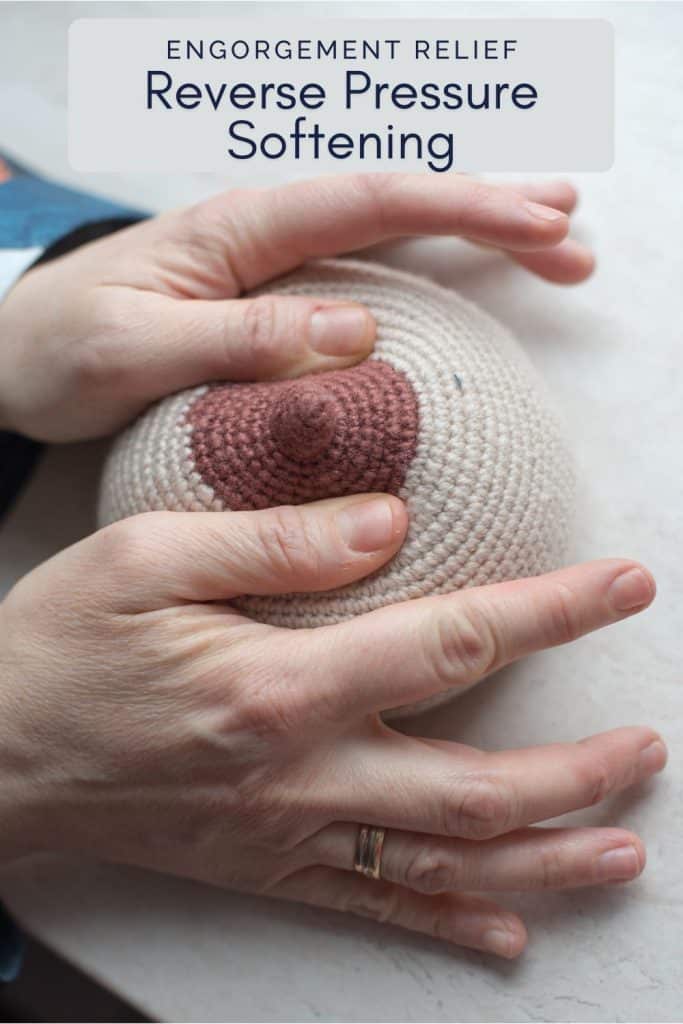Engorgement Relief: Natural Solutions for New Moms in 2025

As a new mother, breast engorgement can be one of the most uncomfortable challenges during the early days of breastfeeding. This common condition occurs when your breasts become full of milk, leading to swelling, tenderness, and hardness. While engorgement is temporary, finding engorgement relief is essential for both your comfort and successful breastfeeding. Let’s explore some natural, effective solutions to manage breast engorgement.
For more information on the first 7 days of breastfeeding, check out this post https://justaskjennp.com/when-does-breastmilk-come-in/
Check out this post for a full guide on getting started https://justaskjennp.com/how-to-start-breastfeeding-for-beginners/
Understanding Breast Engorgement
Engorgement typically occurs 2-5 days after delivery when your milk “comes in.” Your breasts may feel heavy, tight, and tender, and the surrounding skin might appear stretched and shiny. While some fullness is normal, excessive engorgement can make it difficult for your baby to latch properly and may lead to complications if not addressed.
Natural Relief Strategies for Engorgement Relief
1. Frequent Nursing
The most effective solution is to nurse your baby regularly, ideally every 2-3 hours. This helps prevent milk buildup and maintains a healthy supply-demand balance. Remember that your baby is the most efficient pump you have!
2. Lymphatic Drainage Massage
Lymphatic massage can significantly reduce swelling and discomfort:
- Start at the chest wall near your armpit
- Use very light, gentle stroking movements toward your armpit
- Work in a circular pattern around the breast, always moving toward the lymph nodes
- Avoid directly massaging engorged areas; instead, focus on the surrounding tissue
- Perform for 2-3 minutes before nursing or expressing milk
- Use minimal pressure – think “feather-light” touch
3. Breast Movement Exercises
Gentle movement can help stimulate milk flow and reduce swelling:
- Stand in a warm shower, letting water flow over your breasts
- Lean forward and gently shake your breasts side to side
- Try small circular movements with your upper body
- Perform gentle breast bounces while leaning forward
- Do shoulder rolls and chest stretches to promote circulation
4. Cold and Warm Therapy
- Before feeding: Apply warm compresses or take a warm shower to help with milk flow
- After feeding: Use cold packs or chilled cabbage leaves to reduce swelling and inflammation
- Limit warm applications to just before feeding to avoid increasing swelling
5. Gentle Massage
Perform gentle massage while nursing or expressing milk to help with milk flow:
- Use your fingertips to make small circular motions
- Start from the outer breast and work toward the nipple
- Apply gentle pressure, but avoid aggressive manipulation
6. Reverse Pressure Softening
This technique can help reduce swelling around the areola:
- Use gentle finger pressure around the nipple area
- Press inward toward the chest wall for about a minute, moving your fingers around the nipple to move the milk out of the nipple itself
- This can help your baby latch more easily during engorgement

7. Express Only for Comfort
While it’s tempting to fully express milk for relief, this can lead to oversupply. Instead:
- Express just enough milk to soften the areola for latching
- Use hand expression or a pump briefly to relieve pressure
- Avoid emptying the breasts completely unless medically necessary
Prevention Tips
- Nurse on demand, not on a strict schedule
- Ensure proper latch and positioning
- Avoid skipping feedings
- Wear a supportive, non-constrictive nursing bra
- Stay hydrated and rest when possible
- Practice lymphatic massage preventively, even before engorgement occurs
When to Seek Help
While engorgement is normal, contact a healthcare provider or lactation consultant if you experience:
- Severe pain that doesn’t improve with relief measures
- Fever or flu-like symptoms
- https://justaskjennp.com/mastitis-early-warning/
- Redness in a wedge-shaped pattern
- Difficulty latching persists for several days
The Bottom Line
Remember that engorgement is temporary and typically resolves within a few days to a week. Focus on frequent nursing, gentle relief measures, and rest while your body adjusts to your baby’s feeding patterns.
With patience and these natural solutions, you can find comfort and continue your breastfeeding journey successfully with engorgement relief.
Most importantly, don’t hesitate to reach out to a lactation consultant or healthcare provider for personalized support. Every mother’s experience is unique, and professional guidance can make a significant difference in your breastfeeding success.
Check out La Leche for more great information https://llli.org/
